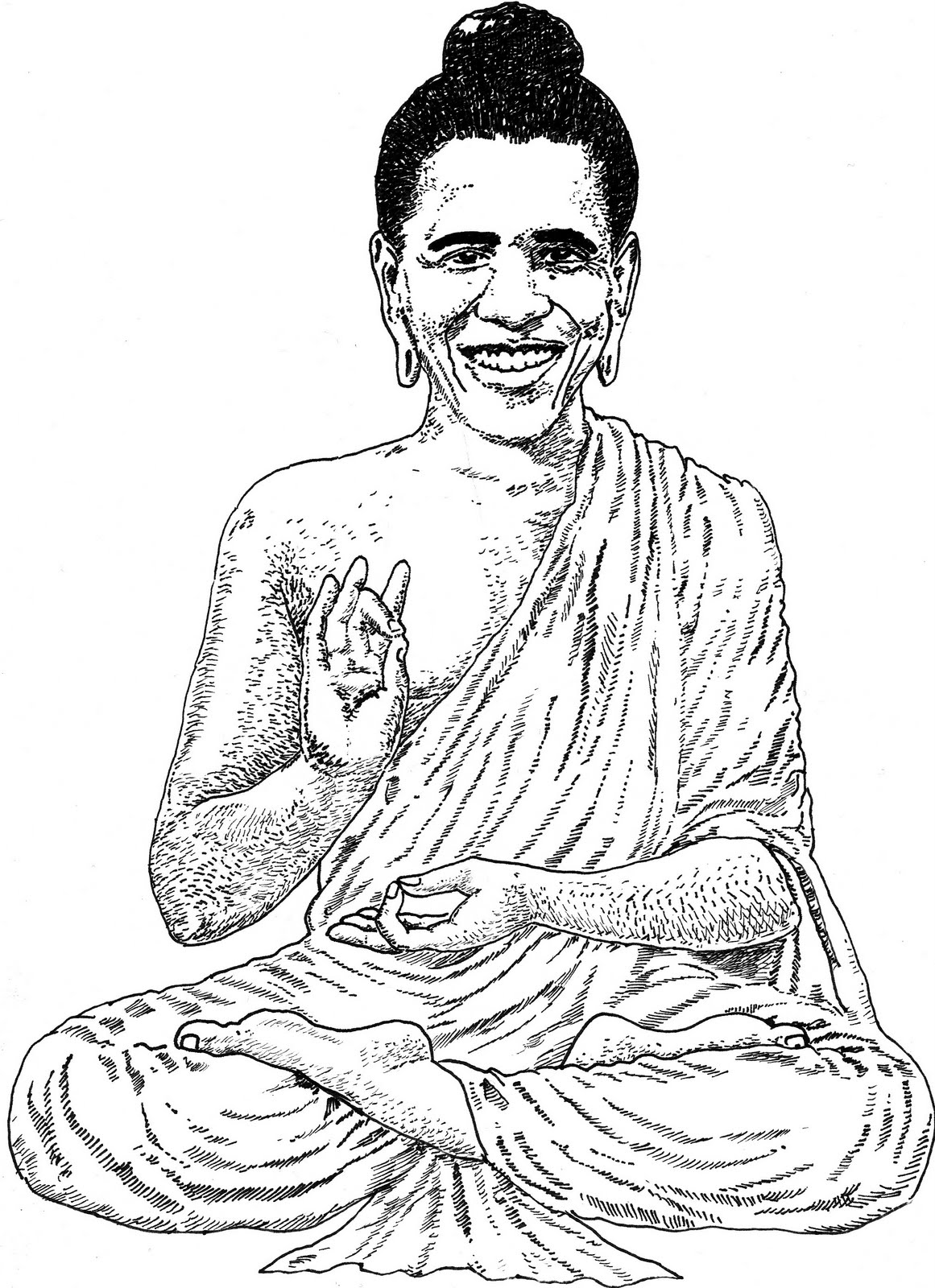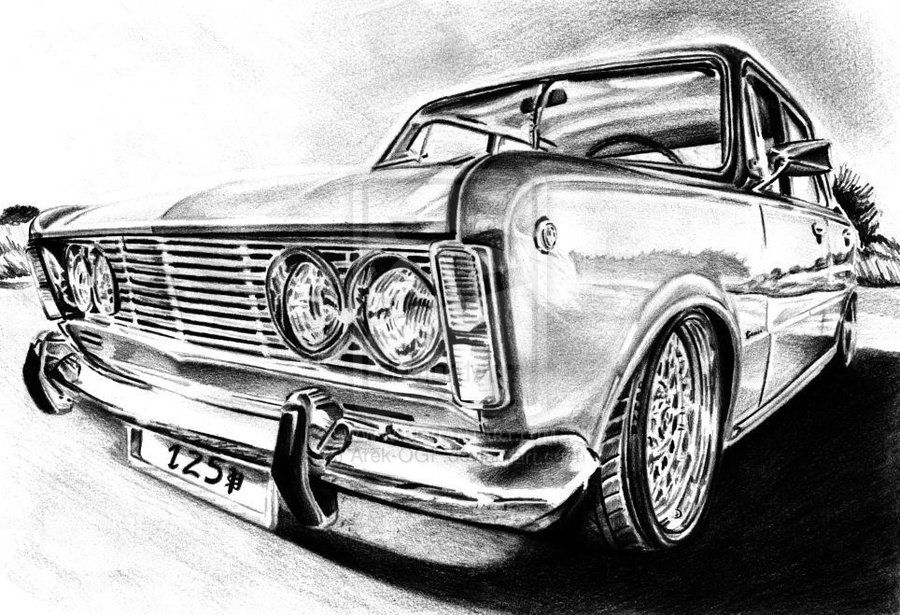Drawing scan info
Table of Contents
Table of Contents
If you’re an artist, designer, or architect, you know the importance of preserving your hardcopy sketches and drawings. However, if you’re not a professional photographer, you may find it a bit challenging to copy your drawings without losing the quality. Undoubtedly, your drawing is your masterpiece, and you don’t want to compromise its quality when you scan it. In this post, we’ll guide you through how to scan a drawing while preserving its quality.
Pain Points of How to Scan a Drawing
Scanning a drawing is not easy. Often, the lines get blurred, or the colors get distorted, ruining the entire drawing. You may also face issues like reducing the paper’s size, managing the dots per inch (DPI), and choosing the correct format to save your work. You’ll have to make sure that the scanning process doesn’t damage your drawing, and it retains its original sharpness and clarity.
Answer to “How to Scan a Drawing?”
The first step in scanning a drawing is to make sure it’s clean and doesn’t have any fingerprints, smudges, or debris. Use a soft-bristled brush or a compressed air can to remove any dust or dirt from the paper. Next, choose a scanner with a high-quality resolution, preferably 300 DPI or more, and scan the drawing in color mode. Once the scan is complete, use photo editing software to adjust the brightness and contrast, remove any unwanted marks or spots, and save the file in a suitable format like JPEG or PNG.
Summary of Main Points
In summary, to scan a drawing, you need to: Clean the drawing; Choose a high-quality scanner; Scan in color mode; Edit the scanned image; Save the file in the right format. Remember, the scanning process is essential to preserving your art’s integrity, so you must scan it properly.
How to Scan a Drawing: Target and Explanation
The target of how to scan a drawing is to teach you the proper way to scan your artwork, avoiding any distortions or loss of quality. Here’s a personal experience that might help you understand better.
As an architect, I rely on my sketches and hand-drawn plans to create final blueprints for my clients. I’ve noticed that scanning my drawings with a low-quality scanner ruins the entire plan, and the lines get blurred. This led me to research and experiment with different scanning techniques and software to preserve the quality of my artwork.
Following are the steps you can take:
- Select a high-quality scanner (preferably 300 DPI or more) with color mode option
- Clean the paper with a brush or compressed air can
- Scan the drawing with the chosen settings and using the best resolution
- Use photo editing software to adjust the brightness, contrast and remove any marks or spots
- Save the file in JPEG, PNG, or another suitable format
By following these steps, you can preserve the quality of your artwork while scanning it.
Tips for Scanning a Drawing
Here are a few tips to remember when scanning your drawings:
- Always scan in color mode, even if your drawing is black and white. This will preserve the tonal variation in your artwork.
- Choose a high-quality scanner with a resolution of at least 300 DPI.
- Use photo editing software to correct the brightness, contrast, and saturation of the image.
- Save the file in a lossless format like PNG or TIFF to maintain its quality.
Using a Smartphone to Scan Your Drawings
Smartphones can also be used to scan your drawings if you don’t have access to a scanner. You can use apps like CamScanner, Adobe Scan, or Google Drive to scan your artwork. Place your drawing on a flat surface with good lighting, and capture an image of it using your smartphone camera. Make sure the image is in focus, and use photo editing software to adjust the image’s brightness, contrast, and saturation.
Optimizing Your Drawing for Printing or Digitizing
If you want to print or digitize your scanned drawing, make sure you optimize it for the desired usage. If you plan to print it, make sure the resolution is at least 300 DPI or higher. If you’re digitizing it, make sure you save it in a vector format like SVG or AI to retain the lines and shapes’ sharpness.
Question and Answer
Q1.How do I clean my drawing before scanning it?
A1. Use a soft-bristled brush or a compressed air can to remove dust and debris from the paper.
Q2. What is the best scanner resolution for scanning drawings?
A2. The best scanner resolution for scanning drawings is at least 300 DPI or higher.
Q3. What is the best file format to save my scanned drawing?
A3. The best file format to save your scanned drawing is a PNG, JPEG, or TIFF file.
Q4. Can I use my smartphone to scan my drawing?
A4. Yes, you can use your smartphone camera to scan your drawing if you don’t have access to a scanner.
Conclusion of How to Scan a Drawing
Scanning a drawing may seem like a daunting task, but it’s easy if you follow the right steps. Choose a high-quality scanner, clean the paper, scan in color mode, edit the image, and save it in a suitable format. If you don’t have access to a scanner, use your smartphone camera to capture an image of your artwork. Follow these tips and tricks, and you can preserve your artwork’s quality while scanning it.
Gallery
Scan Drawing

Photo Credit by: bing.com / drawing scan info
Agurley: 03.2012

Photo Credit by: bing.com / scanner barcode draw hand
What’s The Best Way To Scan A Drawing? - Quora
Photo Credit by: bing.com / drawing
Creative Self-Care Activities — MINDFUL CREATIVE MUSE | Expressive
Photo Credit by: bing.com / drawing meditation body self scan care mindful bodyscan activities creative
Scan To AutoCAD DWG

Photo Credit by: bing.com / scan autocad dwg drawing editable drawings exact convert multilayer capability dimensional any type






